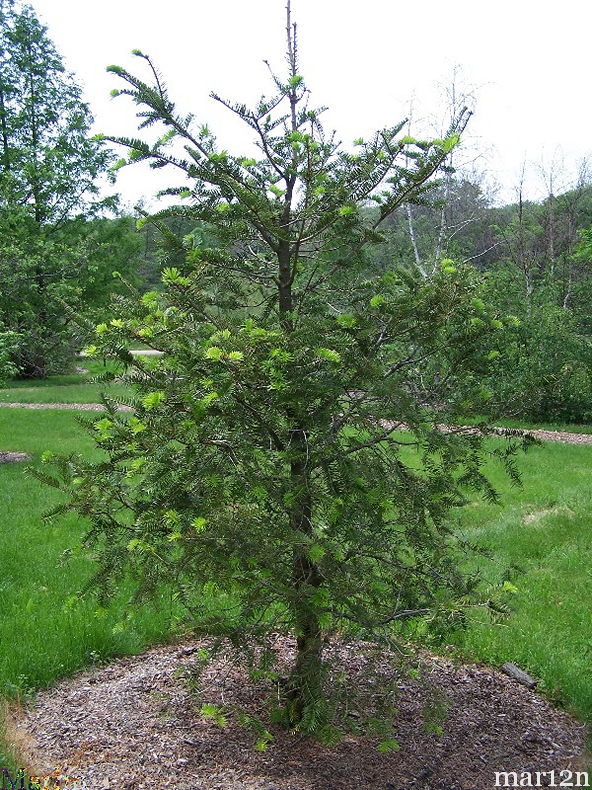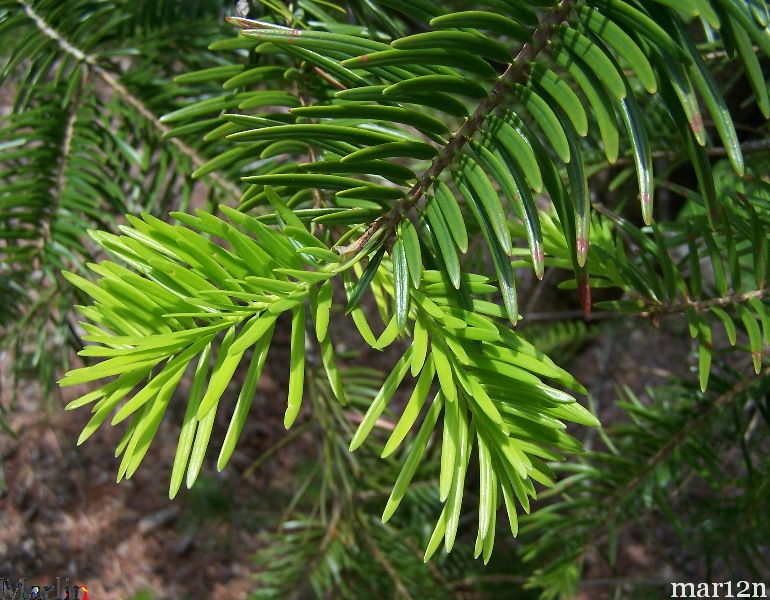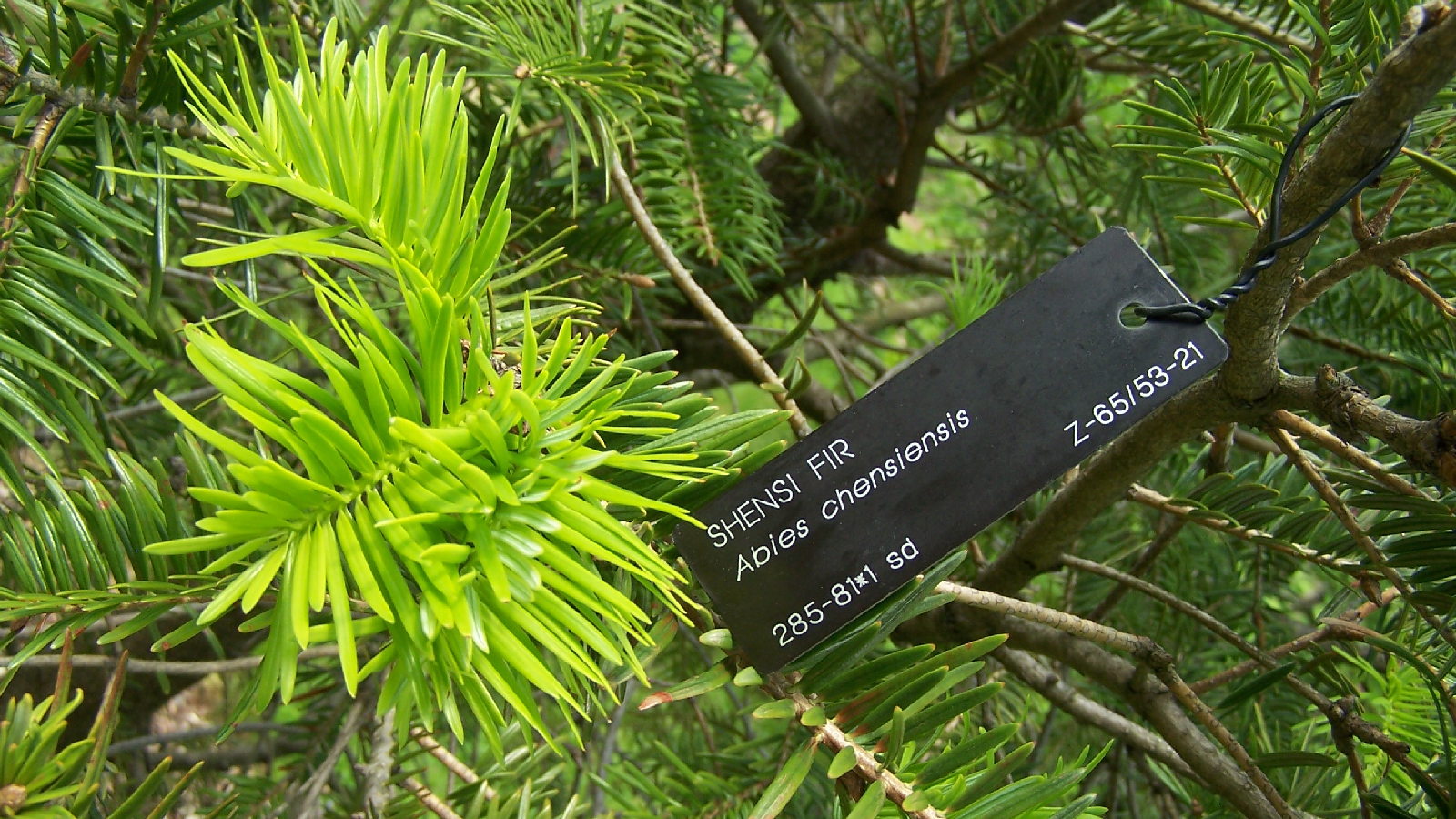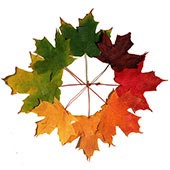Shensi Fir – Abies chensiensis
Shensi Fir is native to China. It grows primarily in cold, moist forests between 2100-3500 meters.

Shensi fir, from seed, is 18 years old
Grows to 50 meters and 250 cm DBH (diameter at breast height, formally 4.5 feet in the U.S.)

Leaves 2.5-5cm in length, slender, sharp-pointed
References:
1. The Gymnosperm Database, Abies chensiensis
2. www.eFloras.org, Flora of China,
秦岭冷杉 qin ling leng shan Abies chensiensis
Family Pinaceae: Pine, Cedar, Spruce, Fir

